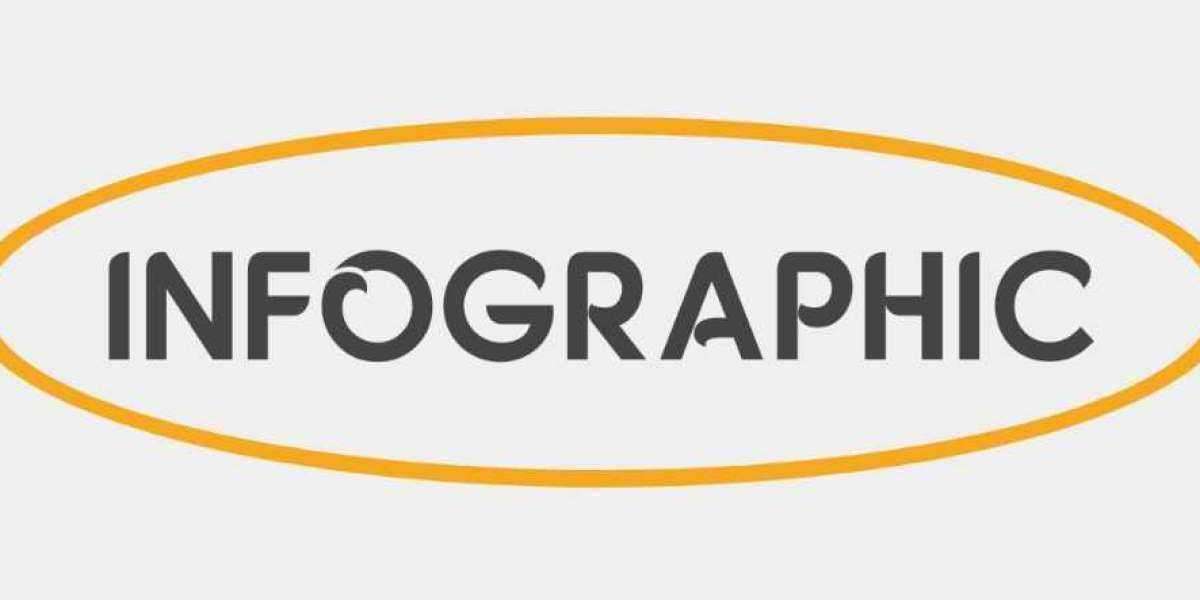According to TechSci Research, “Solar Container Market – Global Industry Size, Share, Trends, Competition Forecast & Opportunities, 2030F,” the Global Solar Container Market was valued at USD 5.59 billion in 2024 and is projected to reach USD 17.26 billion by 2030, growing at a CAGR of 20.49%.
As the world accelerates its transition to renewable energy, solar container systems are emerging as a breakthrough innovation—offering clean, portable, and reliable power to regions where traditional infrastructure is limited or unavailable. These systems are redefining energy accessibility, particularly for remote communities, humanitarian missions, and temporary industrial operations.
? Driving Forces Behind Market Growth
1. Rising Demand for Off-Grid and Decentralized Power
Global demand for decentralized, off-grid energy is surging as countries seek to expand access to electricity in remote or underserved areas. Solar containers—self-contained units that integrate solar panels, inverters, and batteries within standard shipping containers—have become vital tools for energy independence.
They can be deployed quickly without extensive construction, making them ideal for powering villages, field hospitals, and mobile communication networks in regions with unreliable grid access.
2. Sustainability and Carbon Reduction Goals
Governments, corporations, and NGOs are increasingly aligning their operations with net-zero and carbon reduction targets. Solar containers offer a clean, renewable alternative to diesel generators, reducing greenhouse gas emissions and operational costs. The global focus on sustainable energy transition continues to be a major growth catalyst for this market.
3. Technological Advancements in Solar and Storage
Rapid progress in solar PV efficiency, lithium-ion battery performance, and lightweight materials has enhanced both the reliability and mobility of solar container systems. Innovations such as AI-based load management, IoT-enabled monitoring, and remote diagnostics are further improving system optimization and reducing maintenance requirements.
⚙️ Applications Transforming Multiple Sectors
Solar containers are gaining widespread adoption across a range of industries and humanitarian applications:
Construction & Mining: Providing off-grid power for remote worksites and equipment.
Telecommunications: Supporting mobile towers and data centers in rural areas.
Defense & Military: Offering portable, secure, and stealthy power solutions for field operations.
Humanitarian Aid: Delivering reliable energy for disaster relief, refugee camps, and mobile clinics.
Urban and Event Infrastructure: Powering festivals, temporary exhibitions, and smart city installations.
This diversity of use cases underscores the adaptability and resilience of solar container systems, reinforcing their growing importance in global energy planning.
? Growing Importance in Disaster Relief and Emergency Response
As the frequency and intensity of climate-related disasters increase—ranging from floods and hurricanes to wildfires—the need for rapidly deployable power solutions has become more urgent. Solar containers provide essential electricity for lighting, refrigeration of medicines, water purification, and communication networks during emergencies.
Their plug-and-play design, minimal installation requirements, and ability to operate autonomously make them invaluable in both crisis response and long-term recovery efforts.
? Policy Support and Investment Momentum
The solar container market is benefiting from a favorable policy environment. Many governments have introduced tax incentives, renewable energy subsidies, and public-private partnerships to promote mobile solar systems.
Regions such as North America, Europe, and Asia-Pacific are leading with supportive frameworks for off-grid power solutions. Furthermore, impact investors and green energy startups are channeling capital into solar container ventures that align with ESG (Environmental, Social, and Governance) goals, accelerating innovation and market penetration.
Download Free Sample Report
https://www.techsciresearch.com/sample-report.aspx?cid=30283
Customers can also request 10% free customization in this report.
⚡ Segment Insight: Low-Capacity Solar Containers Lead the Market
Based on energy capacity, the low-capacity segment held the largest share of the solar container market in 2024. Typically ranging between a few kilowatts to 20 kW, these compact systems are widely adopted due to their:
Affordability and mobility,
Quick deployment, and
Suitability for decentralized power generation.
They are increasingly used in rural electrification projects, disaster response, mobile health units, temporary education facilities, and small-scale agriculture.
Government and NGO-led initiatives in Sub-Saharan Africa, South Asia, and Latin America are driving demand, providing clean energy to off-grid communities where large infrastructure investments are not viable.
Technological improvements in solar modules, battery storage, and energy management systems have enhanced the efficiency and reliability of these units—even under intermittent sunlight conditions. Their scalability and integration with IoT systems also enable real-time monitoring and predictive maintenance, reducing operational costs.
? The Shift Toward Sustainable Micro-Energy Systems
As the world moves away from fossil fuels, low-capacity solar containers are becoming an integral part of microgrid development and distributed generation networks. Their modular design allows users to easily scale capacity as energy demand grows, making them an attractive solution for small enterprises and local governments.
Urban use cases are also expanding—such as powering street food vendors, mobile healthcare vans, and urban farms—demonstrating their flexibility in both rural and city environments.
? Regional Outlook: Asia Pacific Emerging as a Growth Hub
The Asia Pacific region is expected to be the fastest-growing market for solar containers through 2030. Rapid urbanization, population growth, and limited rural grid access are key factors driving adoption.
Countries like India, China, Indonesia, and the Philippines are investing heavily in renewable energy and off-grid systems to address rising energy demand. Government-led rural electrification programs, combined with disaster recovery efforts and sustainable infrastructure initiatives, are creating fertile ground for market expansion.
In addition, Asia Pacific’s emphasis on cost-effective, scalable clean energy aligns perfectly with the capabilities of solar containers, positioning the region as a major driver of future market growth.
? The Road Ahead
The global Solar Container Market is entering a phase of accelerated growth characterized by technological maturity, increased investment, and expanding application scope. As energy access, climate resilience, and sustainability rise to the forefront of global agendas, solar containers are poised to become a mainstay in the renewable energy ecosystem.
With continued innovation in modularity, digital integration, and energy efficiency, the next decade will see these systems playing a critical role in bridging the world’s energy divide—bringing clean, reliable, and mobile power to communities and industries everywhere.
Major companies operating in the Global Solar Container Market are:
BoxPower Inc.
Plug Power Inc.
Elgris Technologies, Inc.
Ecosun Innovations
Jakson Group
GSOL Energy
HCI Energy LLC
MobiSolar Inc.
REC Solar
Zonke Energy
Download Free Sample Report
https://www.techsciresearch.com/sample-report.aspx?cid=30283
Customers can also request 10% free customization in this report.
“The Global Solar Container Market is expected to rise in the upcoming years and register a significant CAGR during the forecast period. The Solar Container Market offers substantial growth potential, underpinned by the increasing need for off-grid, reliable energy solutions in remote and disaster-affected areas. These modular, self-sustaining units are gaining momentum across diverse sectors such as rural electrification, defense, disaster response, and construction, due to their ease of transport, rapid deployment capabilities, and cost efficiency.
As emerging economies prioritize decentralized energy systems and sustainable development, the market stands to gain from rising investments in clean energy infrastructure. Furthermore, growing utilization in mobile operations within mining, agriculture, and telecommunications is expected to further drive demand for advanced solar container solutions. Therefore, the Market of Solar Container is expected to boost in the upcoming years.,” said Mr. Karan Chechi, Research Director of TechSci Research, a research-based global management consulting firm.
“Solar Container Market - Global Industry Size, Share, Trends, Opportunity, and Forecast, Segmented, By Application (Residential, Commercial, Industrial, Military, Telecommunications), By Container Type (Mobile Solar Containers, Stationary Solar Containers, Hybrid Solar Containers), By Energy Capacity (Low Capacity, Medium Capacity, High Capacity), By End-User (Energy Generation, Remote Power Supply, Disaster Relief, Telecom Operations), By Region, By Competition, 2020-2030F”, has evaluated the future growth potential of Global Solar Container Market and provides statistics & information on the Market size, structure, and future Market growth. The report intends to provide cutting-edge Market intelligence and help decision-makers make sound investment decisions., The report also identifies and analyzes the emerging trends along with essential drivers, challenges, and opportunities in the Global Solar Container Market.
Contact
Techsci Research LLC
420 Lexington Avenue,
Suite 300, New York,
United States- 10170
Tel: +13322586602
Email: [email protected]
Website: www.techsciresearch.com








